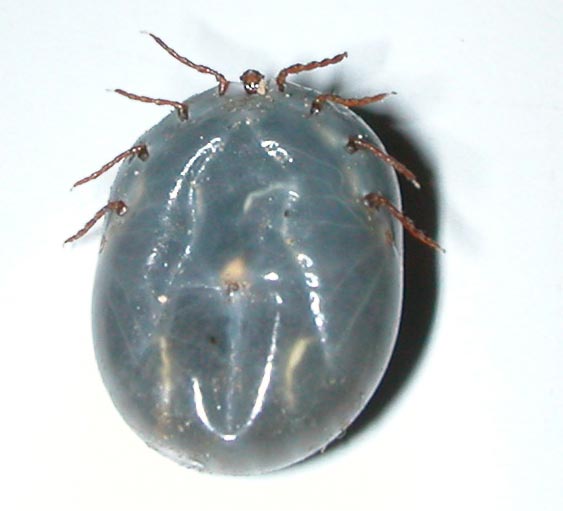Tick season is coming soon, and we, people, must be especially careful about these bloodsuckers since they may be carrying dangerous diseases.
To know the “enemy” in person, check out the most common ticks’ species to be prepared in case you see any of them.
Types Of the Ticks And Their Pictures
These pests are so tiny and are similar to other bugs, that we often find it difficult to spot them on ourselves, our clothing, or especially, pets.
However, the ability to identify them or their nests is essential since certain kinds carry nasty illnesses.
We have prepared the detailed guide for you including the pictures of these parasites so that everyone could protect themselves.
- The most harmful is the Ixodidae tick family which includes several species like Dermacentor, Hyalomma, Rhipicephalus, and others. The insects that belong to this family transmit infectious diseases such as encephalitis, borreliosis (also known as Lyme disease), bartonellosis, etc.
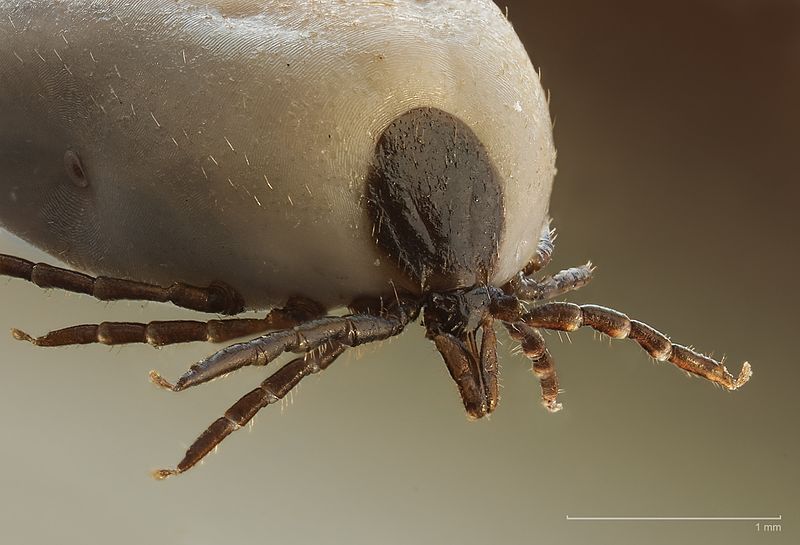
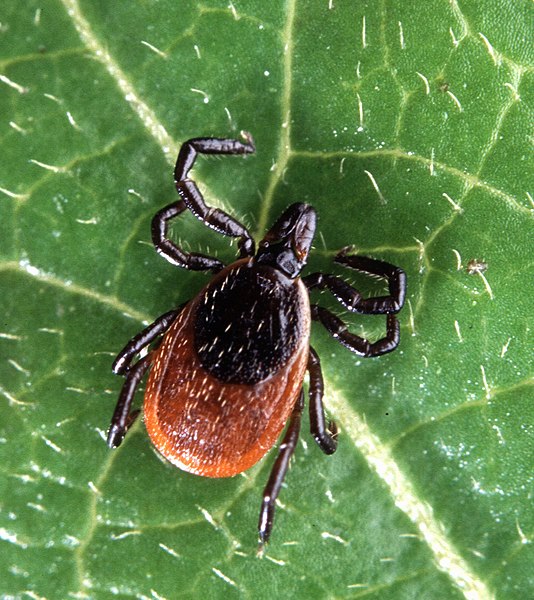
The common trait of this family is the body length of 1.5 – 6 mm for males and females (non-fed). Saturated females reach 15mm after feeding.
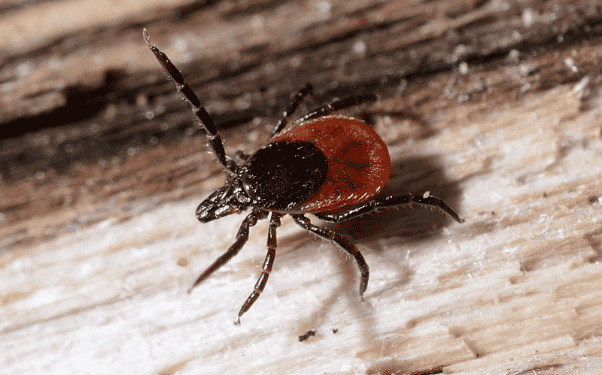

Dermacentor
Also, known as wood ticks, these transmit the tick-borne typhus, encephalitis, tularemia, Q fever, and the plague agents.
Males and non-fed females reach 4-5mm, fed females may reach up to 15mm.

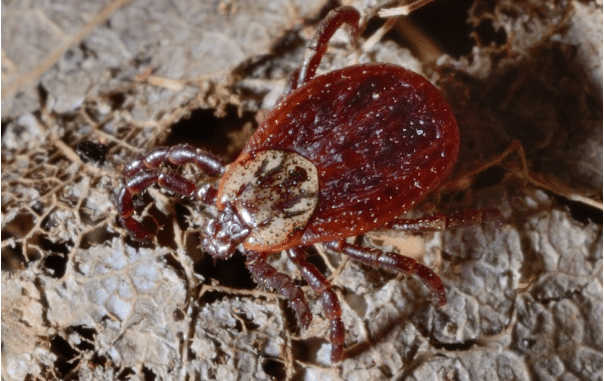
Related : What eats ticks?
Haemaphysalis
Males and non-fed females reach 3-14mm. These ticks live in plain and foothill steppes mainly, sometimes they inhabit semi-deserts and forests.

Hyalomma
They transmit the hemorrhagic fever. Males and hungry females have a length of 4-10mm whereas full females reach up to 25mm. The pests’ color is brown or dark brown.
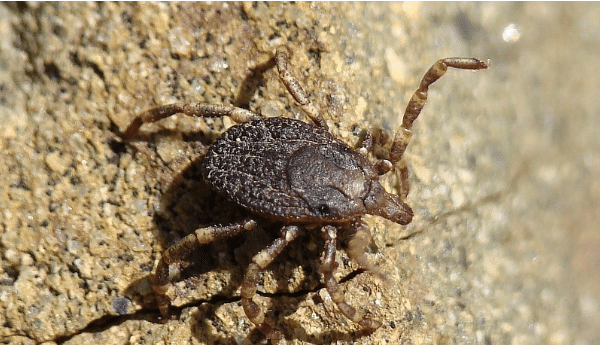

Rhipicephalus
This species carries Q fever and other nasty illnesses. Males and non-fed females reach 2-5mm of length whereas fed females enlarge up to 10-12 mm.


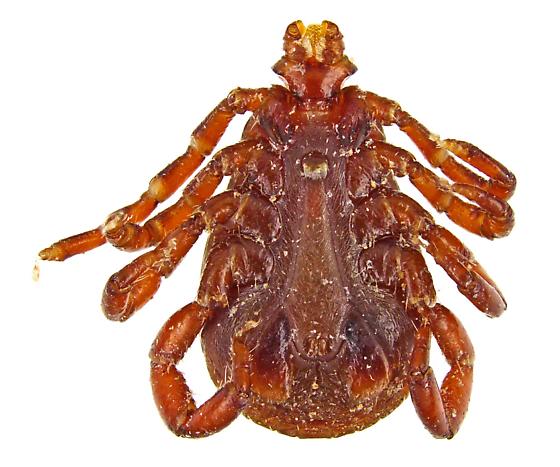
We hope that this material will help you to define dangerous parasites and be prepared.
Remember to protect yourself with the proper clothing that covers your legs, arms, and head, and stay away from grassy areas during the tick season.
Read next : Tick Nest and What do Tick Eggs Look Like?

